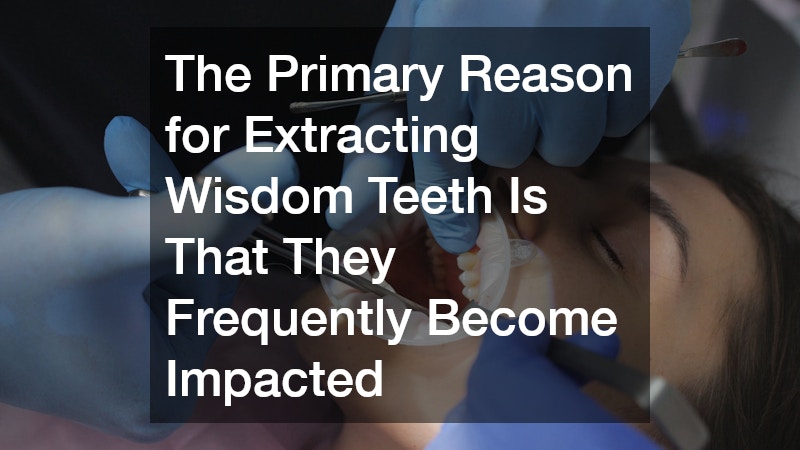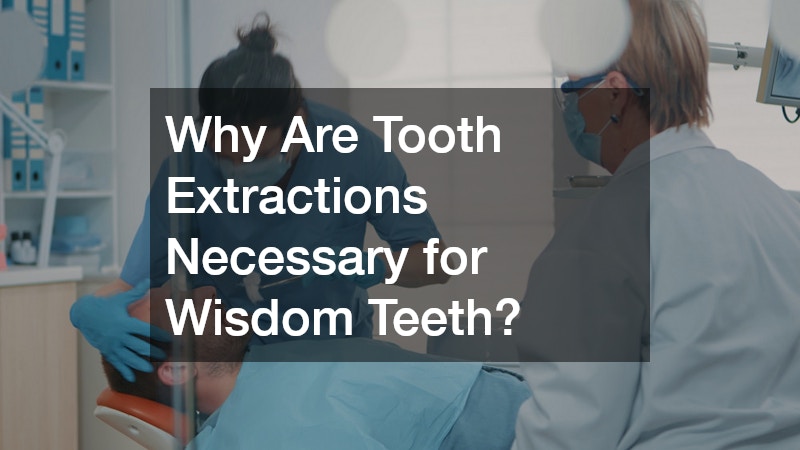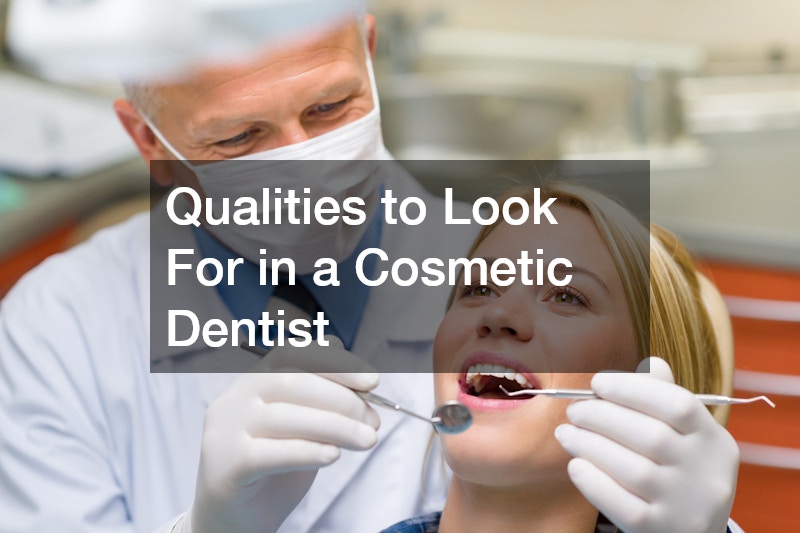Understanding why wisdom teeth often require tooth extractions involves exploring the underlying reasons related to oral health, potential complications, and preventative measures. This article aims to clarify these aspects and answer common questions related to wisdom teeth extractions.
What Are Wisdom Teeth?
Wisdom teeth, also known as third molars, are the last set of molars that usually appear in individuals between the ages of 17 and 25. Located at the very back of the mouth, wisdom teeth were historically considered valuable for our ancestors, especially given their rough diets that warranted additional chewing power.
However, with the evolution of the human diet and changes in jaw structure, these teeth have largely lost their functional necessity.
In addition, the modern human jaw has become smaller compared to that of our ancestors, often lacking sufficient space to accommodate these extra molars. This lack of space can lead to a variety of dental problems if the wisdom teeth manage to emerge fully or even partially. The evolutionary perspective suggests that as humans have adapted to consume softer and more processed foods, the need for these extra molars has diminished, yet they persist in appearing in most individuals.
Interestingly, not everyone develops all four wisdom teeth; some people may have fewer or, in rare cases, none at all. The absence of wisdom teeth in modern humans is another indicator of evolutionary change. Despite this, many people do experience the emergence of one or more wisdom teeth during young adulthood, often leading to complications that necessitate dental intervention.
Why Do Wisdom Teeth Often Require Extraction?
The primary reason for extracting wisdom teeth is that they frequently become impacted, meaning they do not have enough room to emerge properly or at all. Impaction can occur in various directions: the tooth may grow angled toward the next tooth, grow inwards toward the back of the mouth, or remain trapped within the jawbone. Such impactions can lead to pain, swelling, and sometimes even damage the surrounding teeth or dental structures.
Another common issue with wisdom teeth is the risk of crowding, where the additional molars push against already crowded teeth, potentially disrupting dental alignment. This can complicate orthodontic treatments or result in the shifting of teeth over time, affecting one’s bite and overall dental health. For these reasons, dentists may recommend the removal of wisdom teeth even before they cause noticeable problems.
Infection risks are also significantly increased with the presence of wisdom teeth. Due to their position at the back of the mouth and potential partial emergence, wisdom teeth can create pockets where food and bacteria can become trapped, leading to gum disease or cavities. In some cases, cysts may form around the new teeth, posing a threat to jawbone integrity and neighboring teeth. Preventative extraction is therefore often advised to mitigate thePreventivew is Wisdom Tooth Extraction Performed?
Wisdom tooth extraction is a common dental procedure that varies in complexity depending on the position and state of the teeth. Typically, the extraction process begins with a thorough dental examination, including X-rays to assess the exact positioning of the teeth and any potential complications. The procedure is usually performed under local anesthesia, though sedation may be offered for anxious patients or more challenging cases.
There are various techniques used by dental professionals for extracting wisdom teeth, ranging from simple extraction of fully erupted teeth to surgical procedures for impacted teeth. In cases where the tooth is not fully visible, an incision will be made in the gum tissue for easier access, and the tooth may be sectioned into smaller pieces for easier removal. Throughout the process, patient comfort is a top priority, and advancements in dental technology have made these extractions more efficient and less painful.
After the extraction, patients can expect some level of discomfort, swelling, and bleeding, which are normal parts of the healing process. Dentists typically provide comprehensive aftercare instructions, including recommendations for managing pain, minimizing swelling, and maintaining oral hygiene. Recovery times can vary, but following professional advice aids in speedy healing and helps prevent complications such as dry socket, a painful condition that can occur if the blood clot in the extraction site is dislodged.
The extraction of wisdom teeth is often necessary to prevent a range of dental issues that can adversely affect oral health. Impaction, crowding, and infection risks are significant factors that contribute to the need for removing these teeth. While not everyone will need to have their wisdom teeth removed, it is crucial to seek timely and professional dental advice to avoid potential complications and ensure optimal oral health.
Regular dental check-ups allow for careful monitoring of wisdom teeth development and can help identify issues before they cause significant problems. Dentists use these visits to evaluate the space available in a patient’s mouth and will often recommend a course of action based on the individual’s specific dental structure and health needs. Ultimately, staying informed and proactive about oral health can lead to better long-term outcomes.
For those facing the prospect of wisdom tooth extraction, understanding the process and the reasons behind it can alleviate anxiety and foster a more positive outcome. Emphasis should always be placed on maintaining open communication with dental professionals and following their guidance to achieve the best oral health results. With proper care, the removal of wisdom teeth can lead to fewer complications and healthier smiles long term.




